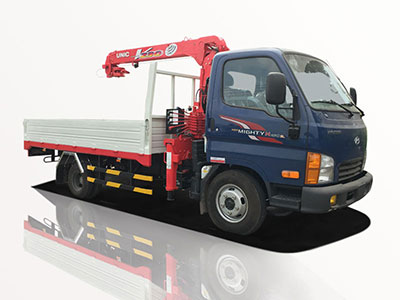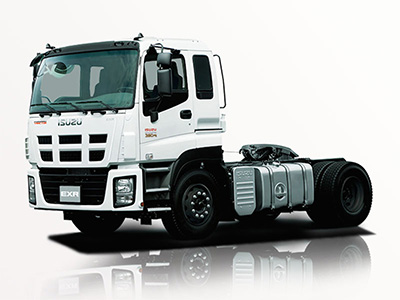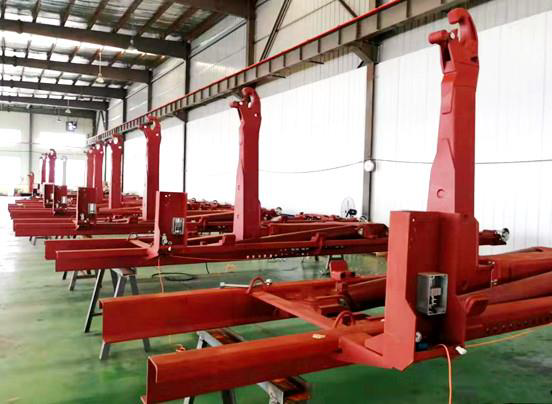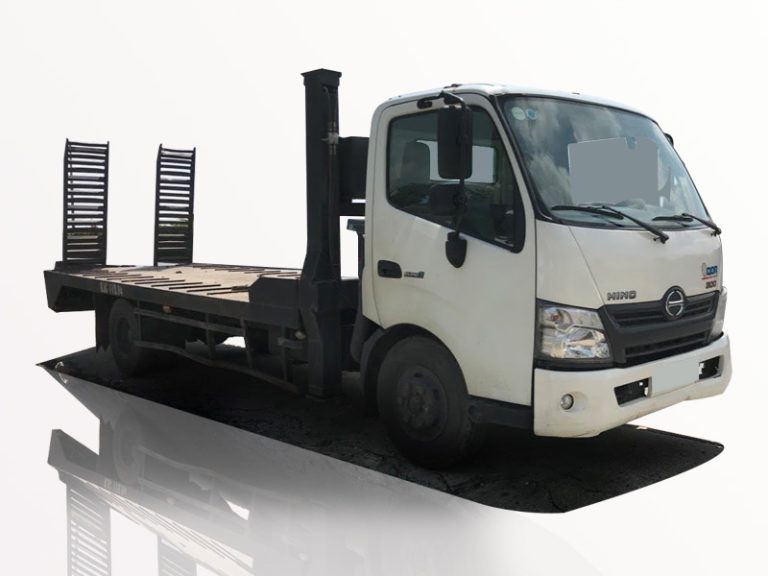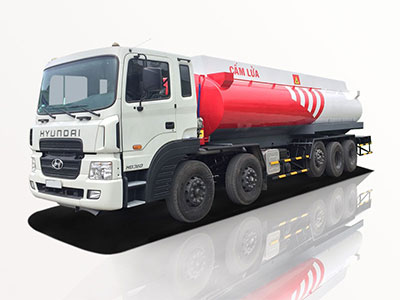Semi trucks are the backbone of freight transportation in the United States and beyond, making it essential for those who operate them to have a good understanding of their components. One critical component used in the maintenance and operation of semi trucks is the wheel lift. This article explores the details related to semi truck wheel lifts, their importance, types, and tips for their effective use.
What is a Semi Truck Wheel Lift?
A semi truck wheel lift is a specialized mechanism used to raise the wheels of the vehicle for various reasons, primarily for maintenance and repair. This can include lifting the truck to change tires, perform brake inspections, or facilitate other repair work. Wheel lifts improve safety and efficiency, making it easier for mechanics to access the undercarriage and perform necessary tasks.
Types of Semi Truck Wheel Lifts
1. Hydraulic Wheel Lifts
Hydraulic wheel lifts are commonly used due to their efficiency and ease of operation. They utilize hydraulic fluid to lift the weight of the semi truck, providing significant lifting power with minimal physical exertion.
Advantages
- High lifting capacity
- Ease of use
- Ideal for heavy-duty applications
Disadvantages
- Maintenance of hydraulic systems can be complicated
- Potential for leaks
2. Electric Wheel Lifts
Electric wheel lifts use electric motors to lift and lower the semi truck. They are increasingly popular due to their convenience and ability to operate without hydraulic fluid.
Advantages
- Less maintenance than hydraulic lifts
- Cleaner operation
- Quieter than hydraulic lifts
Disadvantages
- Limited lifting capacity compared to hydraulic models
- Dependence on a power source
3. Manual Wheel Lifts
Manual wheel lifts are operated without the aid of hydraulics or electricity, requiring physical effort to lift the truck. They are usually less expensive, making them a good choice for smaller operations.
Advantages
- Cost-effective
- No power requirements
- Simple design
Disadvantages
- Labor-intensive operation
- Limited lifting capacity
Choosing the Right Wheel Lift for Your Needs
Selecting a suitable wheel lift depends on several factors, including the size of the truck, the types of repairs commonly done, and available budget. To make the best choice, consider the following:
Weight Capacity
Ensure that the wheel lift can handle the weight of your semi truck. Most standard models are designed to lift between 10,000 to 12,000 lbs, but specialty lifts can accommodate heavier trucks.
Space Requirements
Consider the dimensions of the lift and whether you have sufficient space in your workshop. Some lifts require more room for operation and storage than others.
Cost
Prices for wheel lifts can range widely based on their type, features, and brand. Estimate your budget and find a balance between quality and cost-effectiveness.
How to Use a Semi Truck Wheel Lift Safely
Operating a wheel lift requires attention to safety and proper technique. Here are some steps to ensure safe lifting:
Pre-Operation Checklist
- Inspect the lift for any signs of damage or wear.
- Check hydraulic fluid levels for hydraulic lifts.
- Ensure the surrounding area is clear of obstacles.
Operating the Lift
- Position the wheel lift under the truck’s axle.
- Secure the lift according to manufacturer instructions.
- Slowly raise the truck using the lift, observing for stability.
- Lock the lift in place using safety mechanisms before working underneath.
Post-Use Procedure
- Lower the truck slowly before removing the lift.
- Clean the area and perform any necessary maintenance on the lift.
Common Applications of Semi Truck Wheel Lifts
Semi truck wheel lifts have various applications that are critical for maintenance and repair work. Here are some common uses:
1. Tire Changes
Changing truck tires is a frequent need for truck operators, and wheel lifts simplify this process immensely, allowing quick access and safe work conditions.
2. Brake Inspections
Regular brake inspections are essential for safety on the road. Wheel lifts provide easy access to brake components beneath the truck.
3. Suspension Repairs
Wheel lifts allow mechanics to lift the truck and inspect suspension systems effectively, ensuring optimal performance and safety.
Maintaining Your Semi Truck Wheel Lift
Proper maintenance of your wheel lift prolongs its life and ensures safe operation. Here are some tips:
Regular Inspections
Inspect your wheel lift regularly for wear and tear, particularly the hydraulic lines, electrical connections, and structural components.
Lubrication
Keep moving parts lubricated according to the manufacturer’s specifications to prevent rust and ensure smooth operation.
Cleaning
Regularly clean your wheel lift to prevent the build-up of dirt and grime, which can affect its operation and longevity.
Cost Considerations When Purchasing a Semi Truck Wheel Lift
The cost of a semi truck wheel lift can vary greatly depending on its type, features, and brand. Below are factors to consider:
| Type of Lift | Average Cost | Recommended Use |
|---|---|---|
| Hydraulic | $1,500 – $4,000 | Heavy-duty applications |
| Electric | $1,000 – $3,000 | General use with power availability |
| Manual | $500 – $1,500 | Budget-friendly and light-duty tasks |
Practical Tips for Efficient Use of Wheel Lifts
To maximize the benefits of your semi truck wheel lift, consider the following practical tips:
1. Train Operators
Ensure that all operators are trained on the correct use of the wheel lift to prevent accidents and misuse.
2. Follow Manufacturer Guidelines
Always refer to the manufacturer’s user manual for specific functionality and safety instructions pertaining to your model.
3. Invest in Quality
While it can be tempting to take the cheaper option, investing in a higher-quality wheel lift can save costs in the long run due to fewer repairs and replacements.
FAQ
1. How much weight can a semi truck wheel lift handle?
The weight capacity typically ranges from 10,000 to 12,000 lbs, but specialized lifts can handle heavier trucks.
2. How often should I have my wheel lift inspected?
It’s recommended to inspect your wheel lift at least once a month, or more frequently if it is used regularly.
3. Can I use a manual wheel lift for heavy-duty trucks?
Manual wheel lifts are less suitable for heavy-duty vehicles, as they typically have lower weight capacities. Hydraulic or electric lifts are recommended for larger trucks.
4. What are the common maintenance tasks for a wheel lift?
Common maintenance tasks include regular inspections, lubrication of moving parts, and cleaning to remove dirt and debris.
5. Are electric wheel lifts as powerful as hydraulic ones?
While electric wheel lifts are convenient and require less maintenance, they generally have a lower lifting capacity than hydraulic models.
6. Is it safe to work under a semi truck while using a wheel lift?
Yes, but safety precautions must be followed, including securing the lift in place and using appropriate safety gear.
